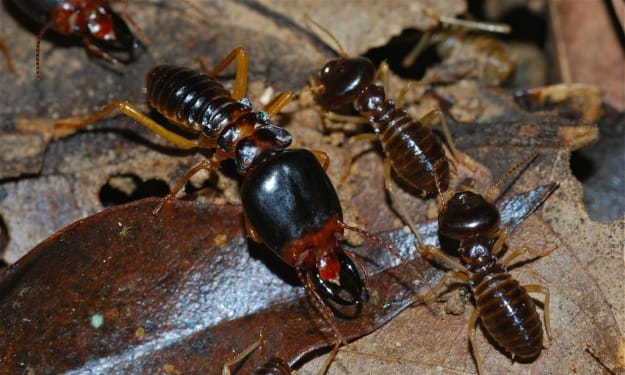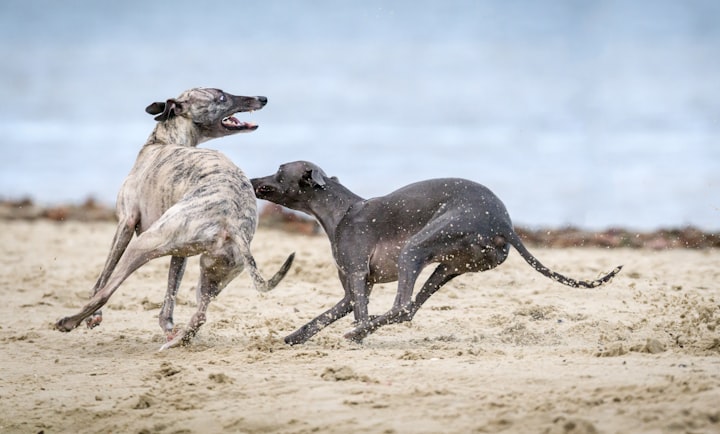
In rural areas, many older people believe that "pigs grasp snakes", simply put, the pig is the snake's nemesis, it is said that every year there will be a lot of snakes eaten by pigs, and even poisonous snakes are no exception.
So, is the pig the snake's nemesis? Do domestic pigs also eat snakes?
From the point of view of species evolution, domestic pigs are domesticated from wild pigs, and in nature, wild pigs, as omnivorous animals, do sometimes eat snakes.
And because it is a wild animal, it is also true that wild boars are not afraid of poisonous snakes, and in most cases, even if a wild boar is bitten by a poisonous snake as well, it can survive. The reason, on the one hand, is that the wild boar has thick skin and flesh, and on the other hand, it is because the immune system of the wild boar is very strong.
However, from the perspective of the food chain, snakes are not in the boar's recipe, and it is said that pigs like to eat snakes, which is an exaggeration unless the existence of snakes makes pigs feel threatened, or snakes attack pigs first, in which case pigs will eat the snakes, which also means that the so-called "pigs eat snakes This also means that the so-called "pig eating snake", itself is a relatively rare situation, does not often happen.
In addition, it should also be noted that the real fear of snakes is wild pigs, not domestic pigs, domestic pigs are afraid to eat poisonous snakes, and it can even be said that domestic pigs are afraid of poisonous snakes because if a domestic pig is bitten by a poisonous snake, it will die.
Let's say in September 2017, there was such an incident: a farming family's pig pen, crawled into a cobra, and by the time this farmer found it, the family of more than 60 pounds of piglets, has been bitten to death by poisonous snakes.
In the summer (mainly July-September), when the weather is the hottest, the pig is bitten by a poisonous snake, which is also relatively common, generally, after the pig is bitten, if not found in time, rescue, then, only 1-2 hours, will be poisoned and died.
From here we can also see that the so-called "pigs grasp snakes" saying, especially the domestic pig will eat snakes saying, itself does not have a scientific basis, is not reliable.

So, if the domestic pig is released into the wild, after some time, it will become a wild pig again?
Many documentary channels have done similar experiments, the domestic pig will be released back into the wild, and then wait until after a few months, the released domestic pig will slowly become a wild pig.
However, the results of such experiments are not accurate, because even after a few months, domestic pigs in the wild began to slowly grow tusks, and the hair also gradually becomes like wild boars, in fact, only into a "wild pig", rather than into a real wild boar.
This is because after human domestication and natural selection the domestic pig and wild boar have not so much similarity, whether it is physical characteristics, behavior patterns, or eating habits, but also in the human long domestication, the two become very different if you want to let the domestic pig back to the ancestors, re-turned into a wild boar look, at least hundreds of years, or even thousands of years to do.
And during this period, it is also necessary to let the domestic pig and wild boar constantly genetic fusion, to constantly improve the next generation of domestic pig genes, so that they continue to lean in the direction of the wild boar.
To put it more bluntly, it is like there are many stray dogs abandoned by human beings in the wild today, and we all know that research has concluded that wolves are the ancestors of dogs, but stray dogs have existed for many years, yet no stray dog has ever returned to its ancestors to become a wolf, for a reason.
So, if domestic pigs cannot become wild pigs, why do they change in the wild?
This is mainly because, in the process of human rearing, domestic pigs live a life of "food to mouth", but once they return to the wild, they need to face all kinds of situations alone, and also need to find their food.
In this process, part of the instincts inherited from the wild boar, but suppressed by people, will be stimulated, so that after some time in the wild, the domestic pig will change its appearance.
Let's say that some domestic pigs will re-grow their tusks in the wild this is because when they forage for food, they need tusks, and originally there will indeed be some domestic pigs with less obvious tusks, naturally, during the process of living in the wild, the tusks will grow again and become bigger.
At the same time, to live, the domestic pigs live in the wild for a long time, if they do not want to be killed by natural predators, then they will slowly become stronger, and at the same time, they will start to imitate the wild boars living in groups, naturally, after a long time, people will feel that as long as the domestic pigs are released into the wild, they will soon become wild boars again, but the real situation is not so, they just have a wild nature again, that's all.
About the Creator
Gross
It is not enough to be industrious, so are the ants. What are you industrious for?






Comments
There are no comments for this story
Be the first to respond and start the conversation.